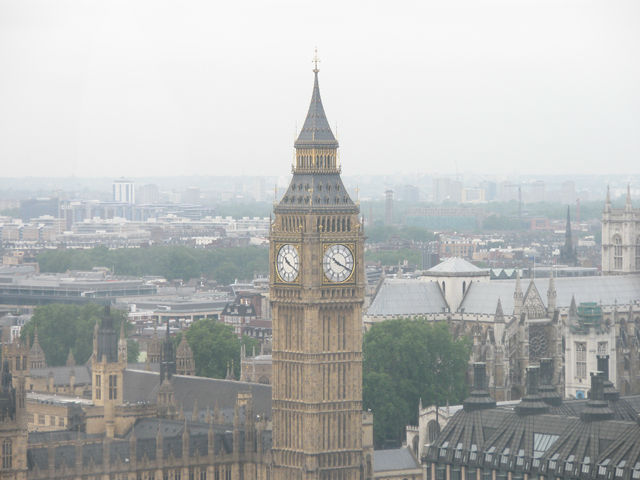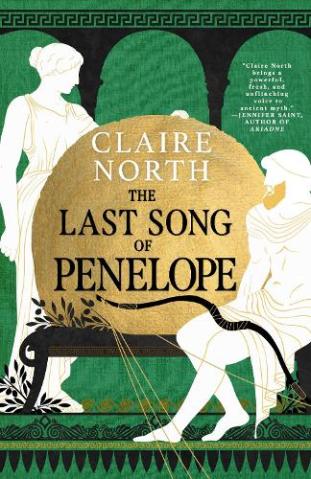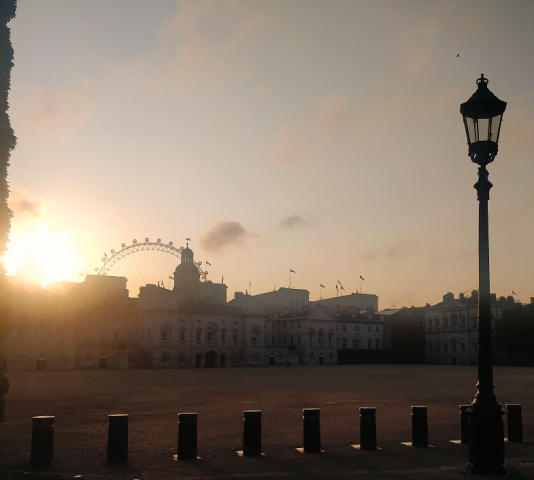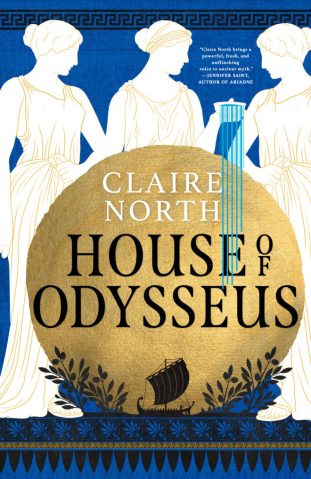Covent Garden

How I have managed to get through over a year of this blog and not talked properly about Covent Garden is a mystery….
Okay, so, once upon a time, in the deepest darkest depths of the early modern period, Covent Garden was a proper fruit and vegetable market renowned for prostitution and gin. It sat bang smack in the middle of all sorts of dubious goings on; riots, murders, bored aristocrats running wild, drunken locals and notorious playhouses where you really weren’t there for the quality of the verse. In the Victorian era you could throw in the added joy of rookeries – slum areas where event the coppers went with fear, and where the easiest route from A-B was through someone’s basement or across the crumbling rooftops. Yet somehow through all this Covent Garden hung on in there and in recent years has become one of the tourist-friendly, shopping-tastic hubs of central London.
So now you have posh restaurants, markets selling hand-crafted bits of stuff, fashion stores and soap shops, street performers on stilts or doing acrobatics while juggling knives. (The phrase you are most likely to hear from any street performer… ‘ladies and gentlemen, reach into your pocket for some money to give to us to say thank you for our act… then fold it….’) The performers are absolutely one of the draws of Covent Garden, savvy and spectacular and worth the watching; so are the musicians. In the pit below the main covered market area you will find string quartets and opera singers doing the Good Bits from classic music, while in the cobbled streets around you can find anything from the greatest hits of Queen done on electric guitar and harmonica, to the Chinese sheng player churning out traditional classics of the motherland. Sometimes you get larger structures coming in, from giant trampolines to the traditional merry-go-round of the fair and of course, the obligatory Punch and Judy Act which is forever associated with Covent Garden as its starting place and geographical patron.
There’s also plenty of more formal tourist-catch attractions. The Royal Opera House dominates the eastern end of the market, and while the tickets are getting cheaper it remains the prime source of gentlemen in ties and women in silk dresses leaving the area in the later hours of the evening. The London Transport Museum sits on the southern corner next to the warren of Jubilee Market, while the departure of the Theatre Museum next to that remains to this day something of a tragedy. Restaurants abound, ranging from the silly, where a piece of bread and some butter in a jar can cost as much as a hot dog with extra onions from the vender below, to the slightly less discovered Thai and Vietnamese Restaurants tucked away at the end of half-seen alleys towards the river and Trafalgar Square.
St Pauls Church sits on the western corner of Covent Garden, with a churchyard round the back that is something of an escape route from the business of the market itself. You’re also with easy throw of Drury Lane and all its theatres, Leicester Square and Holborn – do not, guys, do not take the underground between any of these stations and by the time you’ve got down to the Piccadilly Line platform and waited for the train, you could probably have walked the distance overground yourself. Distances are deceptive in this part of town; judicious wiggling through unlikely streets is the secret. Thinking of secrets, you’ll also find near Covent Garden the not-very-secret-at-all Masonic headquarters, based in a building about as subtle as a scud missile fired at an oil refinery, complete with little shops nearby offering various medals and bits of ribbon to denote this or that other highly hush-hush status within the order.
All things concluded, Covent Garden is a lot of fun and well worth visiting at pretty much any time, whether as a passer-by looking for an interesting shortcut between Cambridge Circus and Aldwych, or as a tourist looking for an interesting time. The one rule is – don’t go there with too much cash in your pocket. Despite your best intentions, you’ll probably spend it before you’re done.


![P300510_18.37_[02]](https://www.kategriffin.net/wp-content/uploads/P300510_18.37_02-300x225.jpg)
![P300510_18.35_[01]](https://www.kategriffin.net/wp-content/uploads/P300510_18.35_01-300x225.jpg)





